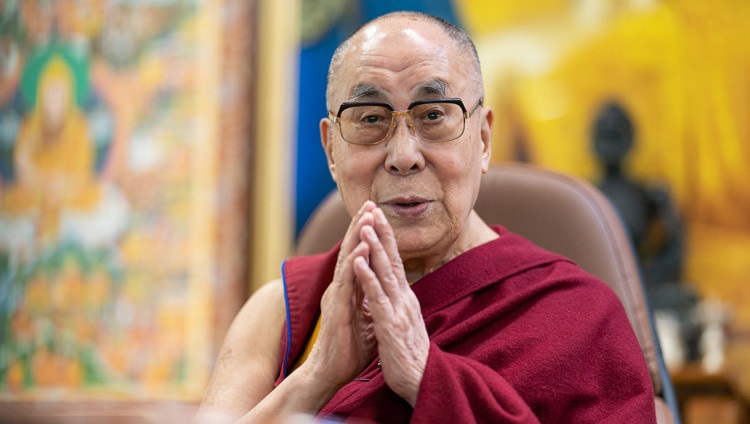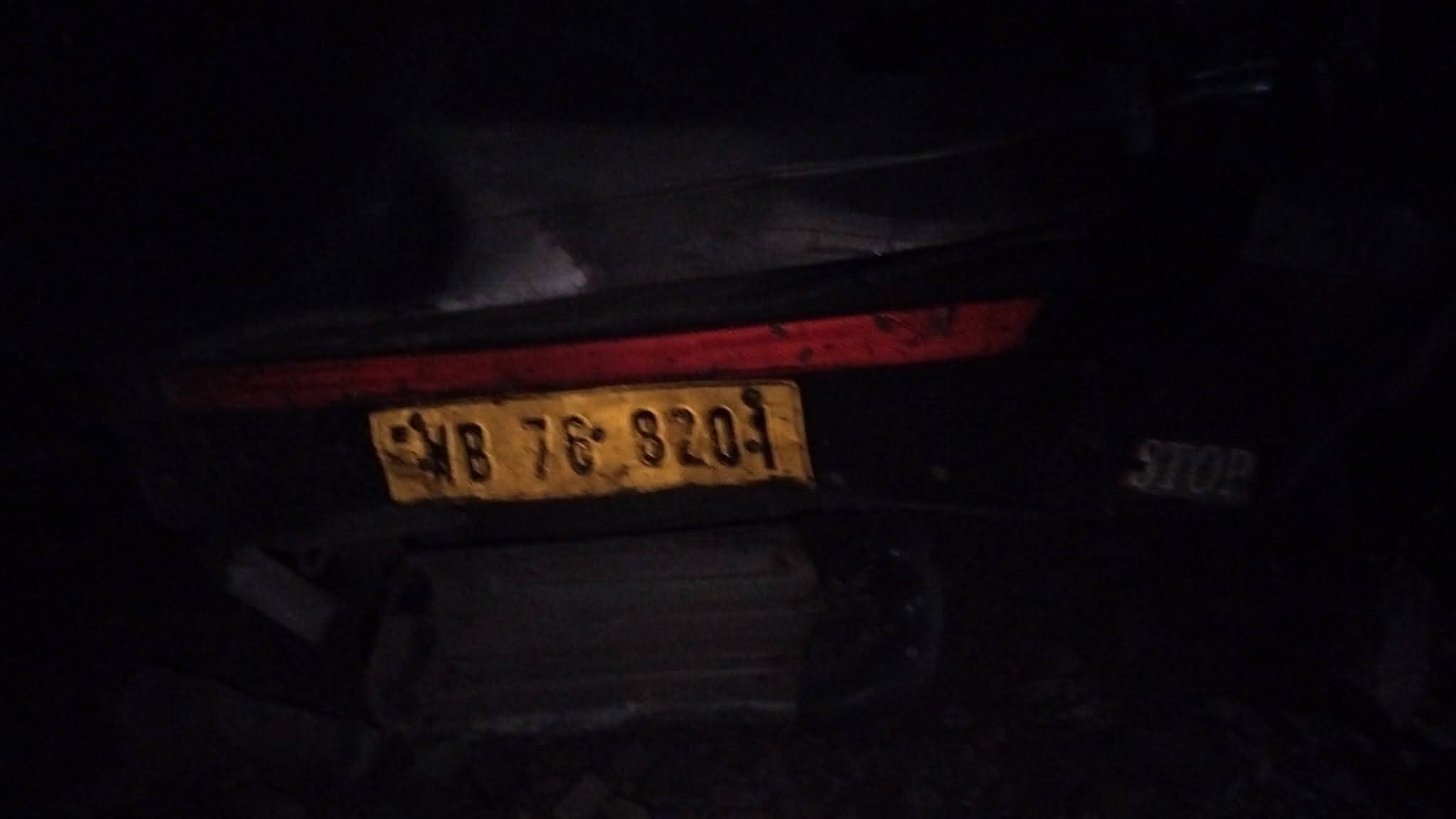
Dharamsala, July 2 – A significant three-day Buddhist religious conference commenced Wednesday in McLeodganj, Himachal Pradesh, featuring a video address from Tibetan spiritual leader, the Dalai Lama. As he approaches his 90th birthday on July 6, the Dalai Lama’s message is anticipated to address the crucial process of selecting his next reincarnation, a matter of increasing importance as Beijing continues efforts to undermine centuries of Tibetan identity and culture.
Succession Process to Take Center Stage at Buddhist Summit
Followers widely expect the Dalai Lama’s address at the 15th Tibetan Religious Conference to delve into the politically sensitive issue of his succession. The conference brings together prominent Buddhist leaders, including heads and representatives from all four major schools of Tibetan Buddhism: Gelug, Kagyu, Nyingma, and Sakya. The objective is to ensure the unbroken 500-year lineage of the Dalai Lamas continues with the 15th incarnation, free from any external interference.
The current Dalai Lama, Tenzin Gyatso, was born in 1935 into a farming family in Taktser, Amdo, northeastern Tibet, and was recognized as the 13th Dalai Lama’s reincarnation at age two. Tibetan tradition dictates that the reincarnation of a Lama, particularly the Dalai Lama, is recognized through a sacred process involving visions, signs, and profound spiritual rituals, rather than an appointment. The Dalai Lama himself holds the sole legitimate authority to identify his successor.
Dalai Lama Reflects on a Life of Service Ahead of 90th Birthday
During recent celebrations for his 90th birthday on June 30, the Dalai Lama shared a heartfelt message with the congregation. “Although I am now 90 years old, I am physically healthy and well. All these years, I’ve worked for the good of Tibetans and the Dharma,” he stated. “I’ve also established links with people around the world and engaged in useful discussions with scientists. My life has been worthwhile. I’ve visited many other countries and met all kinds of people. I feel my life as a human being has been of benefit to the people of the world, and I dedicate the rest of my life to the benefit of others.” This sentiment comes as Tibetans worldwide are in full swing with preparations to celebrate his 90th birthday.
The Nobel Peace Laureate also advocated for a “framework” to ensure the continuity of the Dalai Lama institution, emphasizing the critical need to safeguard its sacred spiritual authority. “As far as the institution of the Dalai Lama is concerned, there will be a framework for it to continue,” he affirmed. “I was born in Dhomey and moved to Lhasa, where I was able to study. As I already said, I think I have been able to serve the Dharma and sentient beings, and I am determined to continue to do so,” added the revered Tibetan Buddhist leader, who remains in good health.
A Legacy of Exile and Advocacy
Sixty-six years ago, on March 17, 1959, the 14th Dalai Lama, disguised as a soldier, undertook a perilous 14-day journey from Norbulingka Palace in Tibet, escaping into exile in India after China suppressed an uprising in Tibet. Since then, the Dalai Lama, who often refers to himself as the Indian government’s “longest, most respectable staying guest” and enjoys considerable liberty, has dedicated his life to promoting human values, religious harmony, and preserving Tibetan language and culture—a heritage rooted in India’s Nalanda University.
In his recent book, ‘In Voice for the Voiceless’, the Dalai Lama, considered a living Buddha of compassion, offers insights into his decades-long interactions with China. The book reminds the world of Tibet’s unresolved struggle for freedom and the ongoing hardships faced by his people in their homeland. It chronicles his extraordinary life, detailing the experience of losing one’s home to a repressive invader, building a life in exile, confronting the existential crisis of a nation, its people, culture, and religion, and envisioning a path forward.
He was just 16 when Communist China invaded Tibet in 1950, 19 when he first met Chairman Mao in Beijing, and 25 when he was compelled to flee to India. After his arduous journey, the Dalai Lama initially resided in Mussoorie, Uttarakhand, for about a year. Before relocating to Dharamsala on March 10, 1960, he stated: “For those of us in exile, I said that our priority must be resettlement and the continuity of our cultural traditions. We, Tibetans, would eventually prevail in regaining freedom for Tibet.” Today, India hosts approximately 100,000 Tibetans and the Tibetan government-in-exile.






